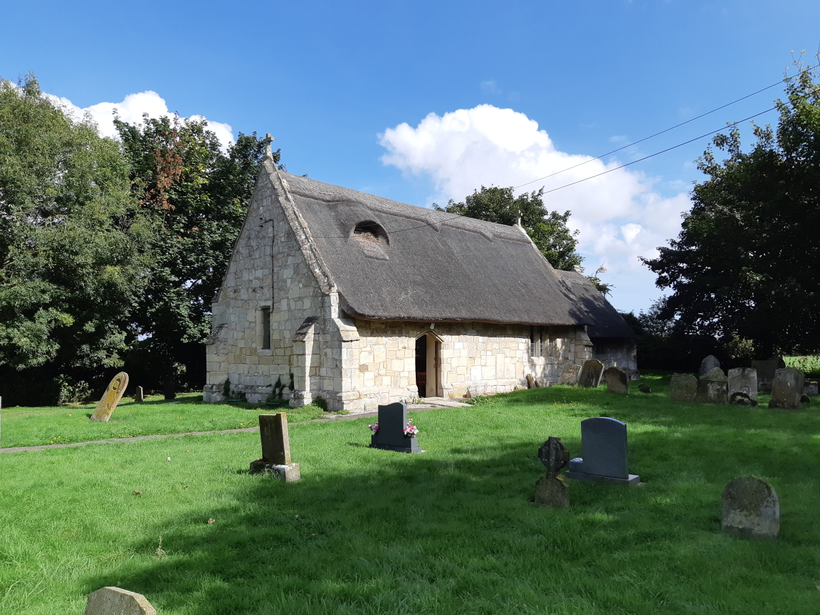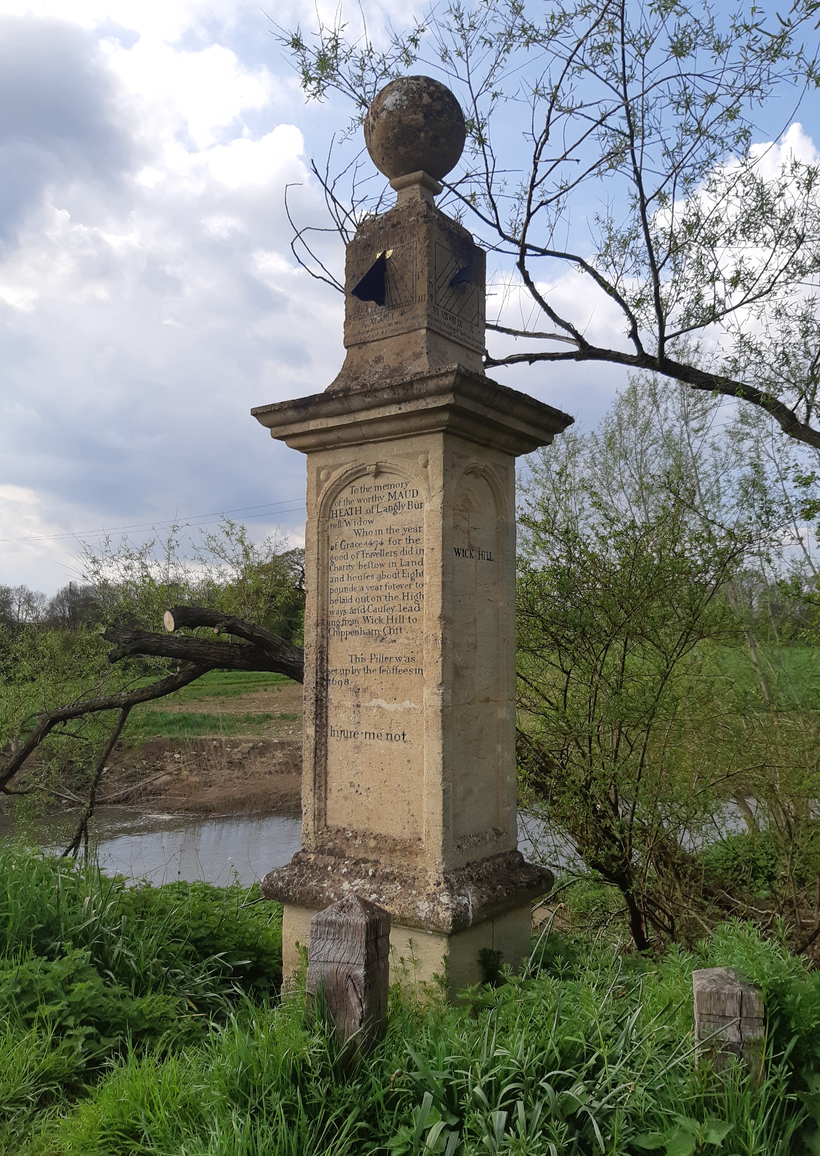This week on ‘Burials and Beyond’, how to dispose of a body.
As much as I’d delight in upholding such a click-bait-y introduction, clarification is – sadly – imminent. Unless you’re inclined to murder and subsequent concealment, any deceased individual will pass through a chain of death professionals before they meet their final resting place. In this journey from death to internment and decay, we can be inclined to consider only hospital staff and funeral directors as sole ‘handlers’. However, they are integral pieces in the wider death jigsaw puzzle. I’d like to give a quick overview of a much-overlooked piece in the death and burial chain, that of the gravedigger.
As a Brit, I live in a country of ever-increasing cremation. In 1960, cremation to burial rates were 34.70%, whereas in 2015, they had risen dramatically to 75.44%. Understandably, there are cultural and religious concerns to take into account in any burial practise, but overall, cremation is firmly the preferred method of ‘burial’ for citizens of the United Kingdom.
For those of us who choose to have our deceased buried, whether for reasons of religion or tradition, our thoughts often only extend as far as the funeral director, and not beyond. Subsequently, many consider the journey of our dead less and less. We buy a package, perhaps view the body, attend the service and return home. However, should you choose to have your deceased buried, gravediggers are an integral piece of the journey we frequently overlook. To help with my post, Dan, a very patient former gravedigger, agreed to answer my barrage of questions.
We know gravediggers exist, but our mental images of the profession are often warped by Victorian grotesques, or folk-take depictions of hunched sextons, busying themselves in remote churchyards. As delightfully gothic as these images may be, they are far from the contemporary truth. Should you live in a city, you can be sure there is a team of full-time, fully trained gravediggers waiting to bury your dead.
Digging a grave is far more complex than ‘dig a hole, chuck Nanna in, fill it up, pub, golden.’ Funeral Directors are frequently seen as the main ‘body burier’, but in reality, they are far more of a middle-man, providing guidance and comfort. So, how does a gravedigger go about burying your corpse?
Firstly, there will be an allocated plot within the cemetery – this may be a pre-purchased plot in prime position (with a prime price tag), or a regular plot assigned by the cemetery. Once the gravedigger has seen the plot, they’ll be able to estimate the time needed to dig the hole. Typically, there is nothing simple or constant about digging a hole. The gravedigger will know the ground; soft clay will take less time than very rocky earth etc. Believe it or not, some graves may take half a day to dig by hand, whereas another plot 200 metres away may take three day’s solid work with a mechanical digger and hydraulic hammer.
So, with the plot known, you…still can’t begin digging. Before shovel meets earth, the gravedigger needs to know the exact size and shape of the coffin (coffins taking precedence over caskets in the UK) as such a wide variety of styles require a wide variety of holes. If the details passed on from the funeral director are incorrect or dramatically change, the gravedigger has no choice but to quickly take a shovel to the graveside and re-size the hole in front of the grieving funeral party themselves. As a very tolerant gravedigger recounted ‘a beetroot complexion and trying not to fall into a grave while trying to jam in a coffin is not a good look.’
Having painfully foregone all temptations to make poor jokes as to the importance of size, now we must consider the equal importance of depth. If a grave is for one person, the gravedigger will typically dig to a depth of 4 ft. Most commonly, graves are dug for two internments, which will be around 6 to 6.5 ft deep. As my patient gravedigger recalls ‘there is nothing more annoying than digging out a rock hard grave for two people, only to be told on the day it was only for one.’
Similarly, multiple internments or family plots have their perils ‘If you get a grave for four people, you’ve got to get your miners hat on and take the caged canary with you! Being twelve foot down in a narrow grave is really very scary, and a ladder is a must!’
In terms of practicality, before the coffin enters the ground the amount of earth leaving and returning to the hole must be considered – if none was removed from the pile of earth, there will be a large mound left once the grave is filled in. If too much is taken, you’ve got a trough-shaped problem on your hands.
While digging, all graves are supported by wooden boards to try to prevent the earth falling in on the gravedigger themselves, but sometimes a collapse is imminent (see picture). Normally, such a collapse is little more than an irritant as the gravedigger may be free from harm, but the entire collapse must be re-structured and made safe before digging can continue.
Another perpetual pain is that of water intrusion. If a grave reaches a natural spring and fills with water, or if there is a particularly heavy downpour, the grave can fill with water… fast. So, how to solve such a problem with the funeral party gnashing at your heels.
Gravedigger Dan says ‘…you keep a pump running right up until the hearse pulls up, chuck a bag of dry leaves or straw down in the grave and whisper in the director’s ear “hurry the fuck up!”…’.
He continues, ‘I have been standing there and watched a coffin seem to be rising from the grave. Again, you can’t help but turn beetroot-faced when people are looking at you in horror…’
Similarly, gravediggers are no strangers to workplace mishaps. The webs (the straps used to lower a coffin) may snap, should they be in poor condition (a rare, but embarrassing hazard), and the coffin may tumble into the hole before the funeral party. Should the webs snap from a great height, there’s a good chance the lid will pop off too, unveiling Nanna’s wizened face to the world. Further to this, it is a rare, but not unseen site to see one of the funeral party fall in to the grave and break a bone or two of their own.
Depending on cultural and personal demonstrations of grief, wilful flinging of oneself into the grave is slightly more common than such an unintended tumble.
Through talking to Dan, he particularly emphasised that the greatest hindrance in the smooth burial of the deceased was the carelessness of other visitors to the cemetery. He has seen impatient people beeping their car horns at hearses as they both slowly enter the cemetery gates and others loudly cleaning and tending graves beside an ongoing service. He has seen cars driven into headstones and has had a careers-worth of abuse thrown his way from grieving families.
So, the coffin is in, the funeral party has gone, time to bury the dead. This is done by hand and is usually straight forwards… providing no rubble is being used, which may smash through the coffin when thrown in. Then back-filling picks up at double-speed to hide the exposed deceased!
Once the grave is filled in, with a little mound on top to accommodate the earth sinking (when everything settles, this should give the grave a level ground), the gravediggers then arrange the flowers that had been put to one side, remove any sign of their presence and leave at last.
Finally, cultural differences. Most cemeteries will be aware of different burial and funeral traditions and will subsequently accommodate or have measures in place for such rituals. Some cultures like to back-fill the grave themselves (which is a nice little break for the gravediggers!), others enjoy a graveside picnic and others may require water beside the grave so they can wash their own feet and the deceased themselves.
Gravediggers may be a rather ‘unseen’ profession, but their importance cannot be over-stated. It also cannot be over-stated how much crap they must withstand from us, the grieving public, So, next time you’re in need of their services, why not tip them? Or simply say a few words of thanks. Chances are, we’ll all need their services eventually!
Further Reading:
http://www.cremation.org.uk/constitution-and-annual-reports






Leave a comment